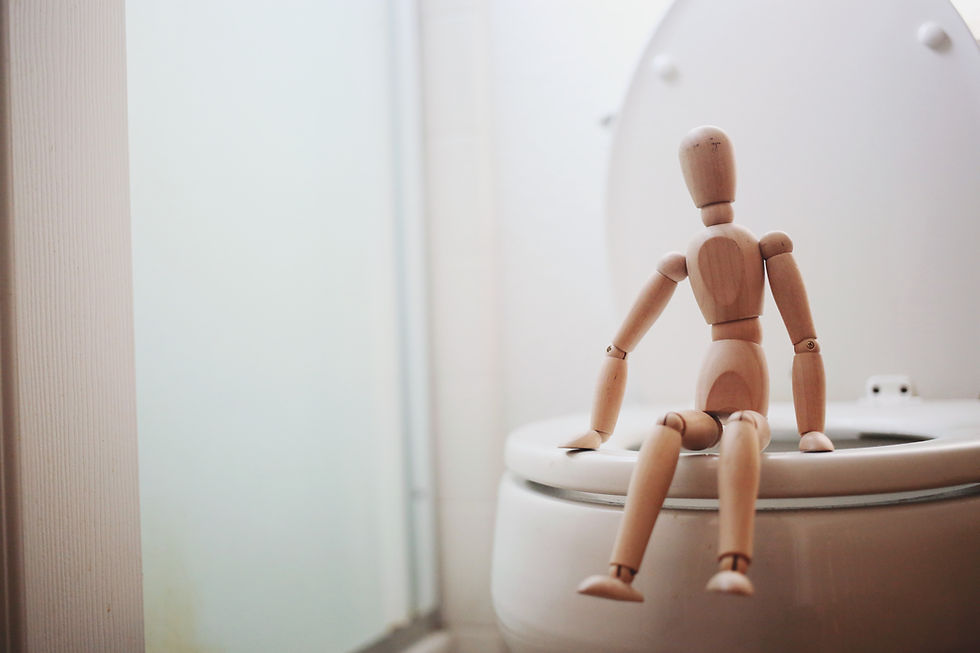When you think about a cruise holiday, you probably picture sparkling blue seas, exciting shore excursions, and endless buffets. What you’re likely not imagining is dealing with a bout of norovirus while you’re on board. But fear not! With a bit of know-how and some simple precautions, you can keep yourself ship-shape and enjoy your cruise to the fullest.

What is Norovirus?
Norovirus is one of the most common causes of gastroenteritis, a stomach and intestinal inflammation that can lead to symptoms like nausea, vomiting, diarrhoea, and abdominal cramps. Often called the 'stomach flu', norovirus is highly contagious and spreads rapidly in places where people live or interact in close quarters. That’s why it’s sometimes associated with cruise ships - though it can also pop up in hotels, nursing homes, schools, and other communal spaces.
Why Does Norovirus Make Headlines on Cruise Ships?
It’s not that cruise ships are inherently germier than other places. In fact, the sanitation standards on ships are often stricter than what you’ll find on land. However, cruise lines are required to report any outbreaks, which means cases are quickly tracked, documented, and publicised. This transparency makes it seem like norovirus is a 'cruise ship illness', but in reality, it can appear anywhere.
How Does Norovirus Spread?
Norovirus spreads quickly through contaminated food, water, and surfaces. You can catch it by touching objects that an infected person has handled, sharing food or utensils, or neglecting to wash your hands properly after using the loo. Essentially, any situation where germs can pass from one person to another can help the virus spread. And once it’s onboard, close quarters and shared spaces mean it can move through a ship’s population in no time if precautions aren’t taken.

Symptoms of Norovirus
Symptoms generally appear one to three days after exposure and can last for 24 to 48 hours. Most people experience:
Nausea
Vomiting
Diarrhoea
Abdominal cramps

Some may also have a mild fever, headache, or feel generally unwell. While the symptoms are usually moderate and self-limiting, it’s best to take action if you start feeling ill to prevent spreading the virus to others.
Prevention Tips for Cruise Passengers
The best way to avoid norovirus is to maintain excellent hygiene. Here are a few simple tips to keep yourself healthy:
Wash Your Hands Regularly
Use hot water and soap - especially before eating, after using the toilet, and whenever your hands feel dirty. While alcohol-based hand sanitisers are handy, they aren’t as effective against norovirus as proper handwashing.
Be Mindful of What You Eat and Drink
Stick to cooked foods onboard and choose bottled water when you’re in port. Avoid eating uncooked produce, raw meats, and seafood ashore unless you’re confident in their quality.
Keep Your Distance from Ill People
If someone seems under the weather, try to avoid close contact. Sharing utensils or personal items can increase your risk of catching the virus.
Don’t Touch Your Face
Germs can easily enter your body through your mouth, nose, or eyes, so keeping your hands away from your face can reduce your chances of getting sick.
Stay Informed
Watch for any onboard health announcements and follow guidance from the ship’s medical team. If you feel unwell, report it immediately so they can help manage the situation and reduce further spread.
What Cruise Lines Do to Prevent and Manage Norovirus Outbreaks
Cruise lines take health and safety very seriously. In addition to frequent inspections and strict sanitation protocols, ships often implement extra measures if an outbreak occurs:
Enhanced Cleaning Routines: Crews use stronger disinfectants and focus on high-touch areas, such as handrails, lift buttons, and shared dining surfaces.
Temporary Changes to Food Service: Buffets may switch to crew-served stations to reduce the number of people handling serving utensils.
Passenger Quarantine: Ill passengers are encouraged to stay in their cabins to minimise exposure to others.
Increased Communication: Crew members distribute prevention tips and provide updates so everyone knows how to stay healthy.
FAQs About Norovirus
Q: Can I avoid norovirus altogether by not cruising?
A: Norovirus can occur anywhere people gather - hotels, restaurants, schools - not just on cruise ships. The best defence is good hygiene and common-sense precautions, no matter where you travel.
Q: Is norovirus dangerous?
A: For most people, norovirus symptoms are unpleasant but mild, resolving on their own within a few days. Staying hydrated and resting is usually enough to recover.
Q: What should I do if I get sick on a cruise?
A: Visit or call the ship’s medical centre right away. They’ll guide you on treatment, including staying hydrated and isolating yourself to avoid spreading the virus.
Q: Does travel insurance cover norovirus?
A: Travel insurance typically covers medical treatment if you fall ill on your trip. However, it won’t cover cancellations due to fear of getting sick, so it’s best to check the fine print of your policy.
Norovirus may sound scary, but with proper precautions and a little common sense, it doesn’t have to ruin your holiday. Wash your hands frequently, pay attention to food safety, and don’t hesitate to report symptoms to the ship’s medical team if needed. Cruise lines are well-prepared to handle outbreaks, ensuring that your journey remains as safe and enjoyable as possible.
Further reading

Comentarios